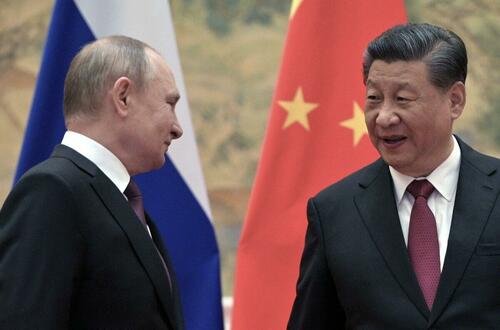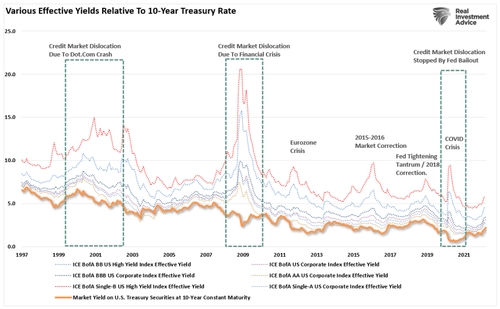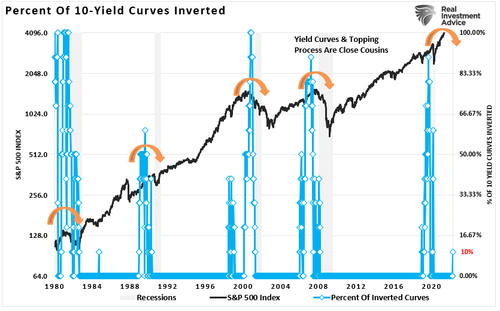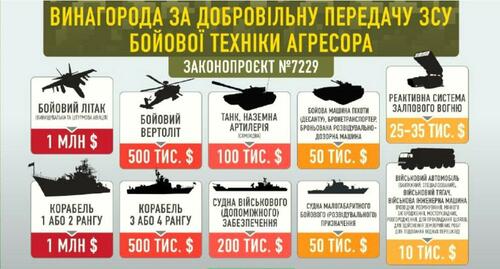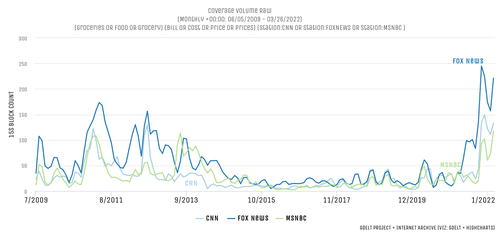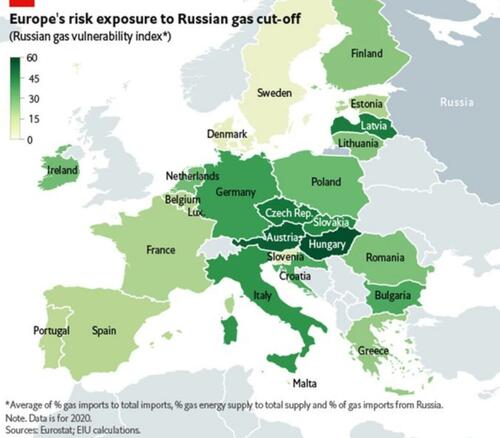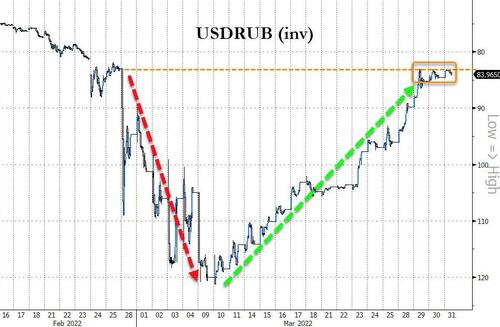China Accused Of Massive Ukraine Cyberattack Days Before Russian Invasion
Days before Russia’s invasion of Ukraine, China staged a huge cyberattack on Ukrainian military and nuclear facilities, according to intelligence memos obtained by The Times.
According to the report, over 600 defense ministry websites in Kiev, as well as other institutions, were hit by thousands of hacking attempts which were ‘coordinated by the Chinese government,’ according to Ukraine’s security service, the SBU.
A source in the spy agency revealed that, in an apparent sign of complicity in the invasion, Chinese attacks started before the end of the Winter Olympics and peaked on February 23, the day before Russian troops and tanks crossed the border.
The SBU said China’s attacks sought to infiltrate targets ranging from border defence forces to the national bank and railway authority. They were designed to steal data and explore ways to shut down or disrupt vital defence and civilian infrastructure. –The Times
The Times also reports that Russia attempted to hobble Ukraine’s computer networks and government websites shortly before the invasion – however the ‘fingerprints’ left by this attempt were distinct from the Chinese attacks, according to the SBU.
The SBU said China’s attacks sought to infiltrate targets ranging from border defence forces to the national bank and railway authority. They were designed to steal data and explore ways to shut down or disrupt vital defence and civilian infrastructure
— The Times (@thetimes) April 1, 2022
“The number of people China has engaged in cyberoperations is enormous. A lot of them are part of the People’s Liberation Army, which is part of the [Chinese Communist] party,” said Steve Tsang, director of the Soas China Institute. “We all believe that they have a cyberforce that attacks states. They have been more engaged in getting information rather than shutting people down. If they’re working in Ukraine they’re working in support of Russians. The implications of this would be they are potentially subjected to sanctions.”
The Biden administration has corroborated the alleged Chinese cyberattack, according to The Times.
China has notably refused to condemn Russia for the Ukraine invasion – while Chinese President Xi Jinping notably hosted Russian President Vladimir Putin during the Beijing Winter Olympics in early February, where the men signed a joint statement declaring that their strong ties have “no limits” and “no ‘forbidden’ areas of cooperation.”
Shortly after the agreement, Ukraine’s SBU claims they saw “increase in activity against our country’s networks in mid-February with active CNE operations being conducted daily,” which peaked on Feb. 23, the day before the invasion.
“Intrusions that are of particular concern include the CNE campaigns directed at the State Nuclear Regulatory Inspectorate, and the Ukrainian Investigation Website focused on Hazardous Waste,” reads one memo shared with The Times by an SBU source. “This particular CNE attack by the Chinese cyberprogram included the launch of thousands of exploits with attempts pointed to at least 20 distinct vulnerabilities.”
The timing appears to confirm that Moscow had already informed Beijing of its invasion plans, cybersecurity experts said. “It sounds like they didn’t care that they were seen — they had an objective to get in and get what they needed as quickly as possible,” Tom Hegel, a senior threat researcher at SentinelOne, a US cybersecurity firm, said. -The Times
Not to worry, however, as President Joe Biden – whose family’s dealings with a CCP-linked energy company have recently resurfaced – insists China isn’t a threat.
1 YEAR AGO TODAY: Joe Biden bragged about spending more time with China’s Xi Jinping than any other world leader and dismissed China as not a threat, saying “China’s not our problem.” pic.twitter.com/N4NeLkoKY5
— Trump War Room (@TrumpWarRoom) October 23, 2020
News of the alleged cyberattacks come as European leaders pressed Beijing to choose a side – the West or the Kremlin – with EU President Ursula von der Leyen relaying the bloc’s concerns about Ukraine to Xi.
Remember that time the media spent four years insisting Russia had leverage over Trump based on a fabricated dossier – only to now completely ignore any actual leverage Beijing may have over the current US President?
It might be time to activate super negotiator Hunter Biden, who has experience dealing with high-level Chinese and Ukrainian figures.
Tyler Durden
Sat, 04/02/2022 – 13:00
via ZeroHedge News https://ift.tt/RZAlzOS Tyler Durden
